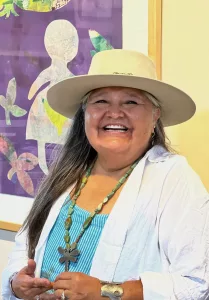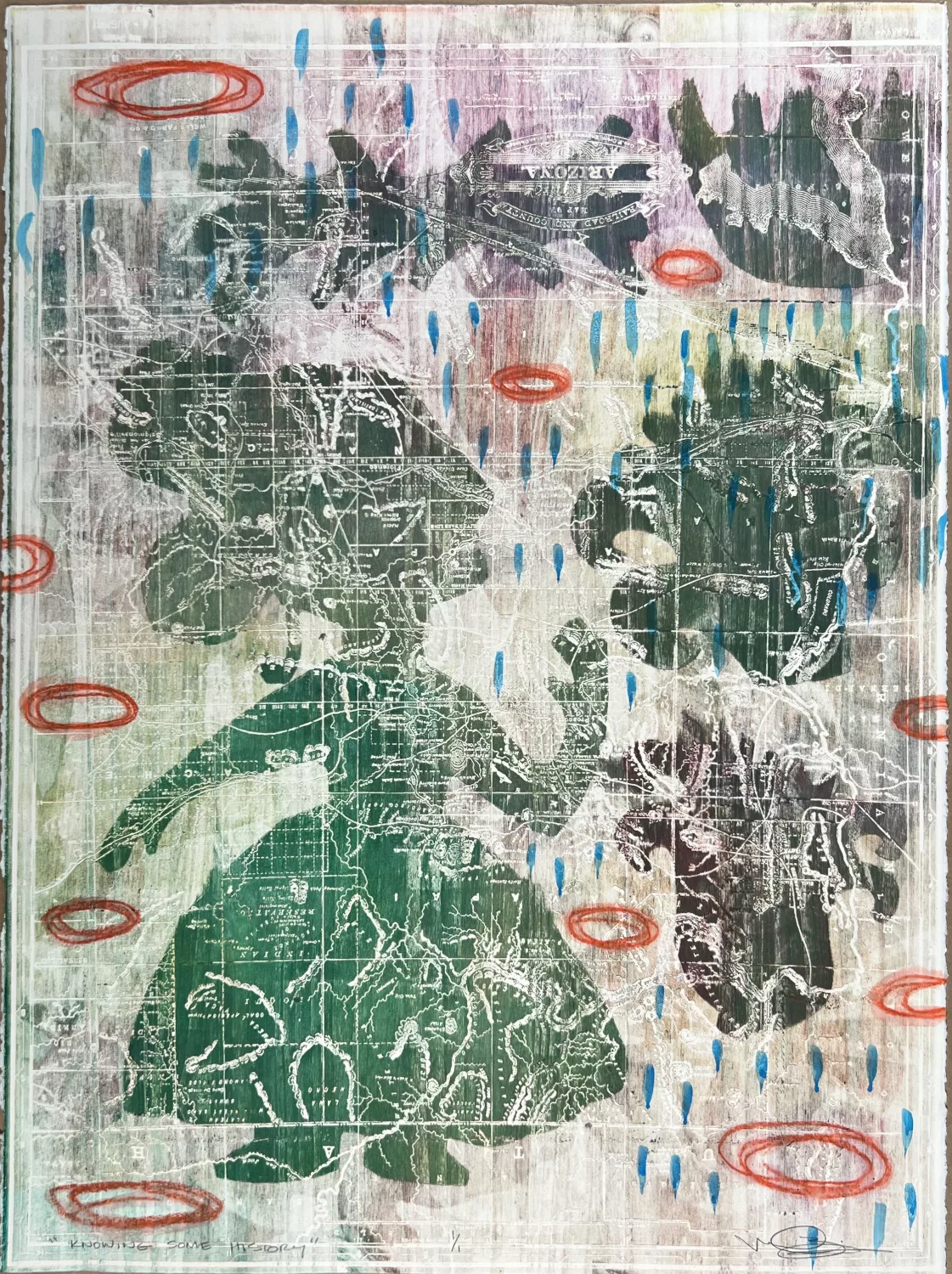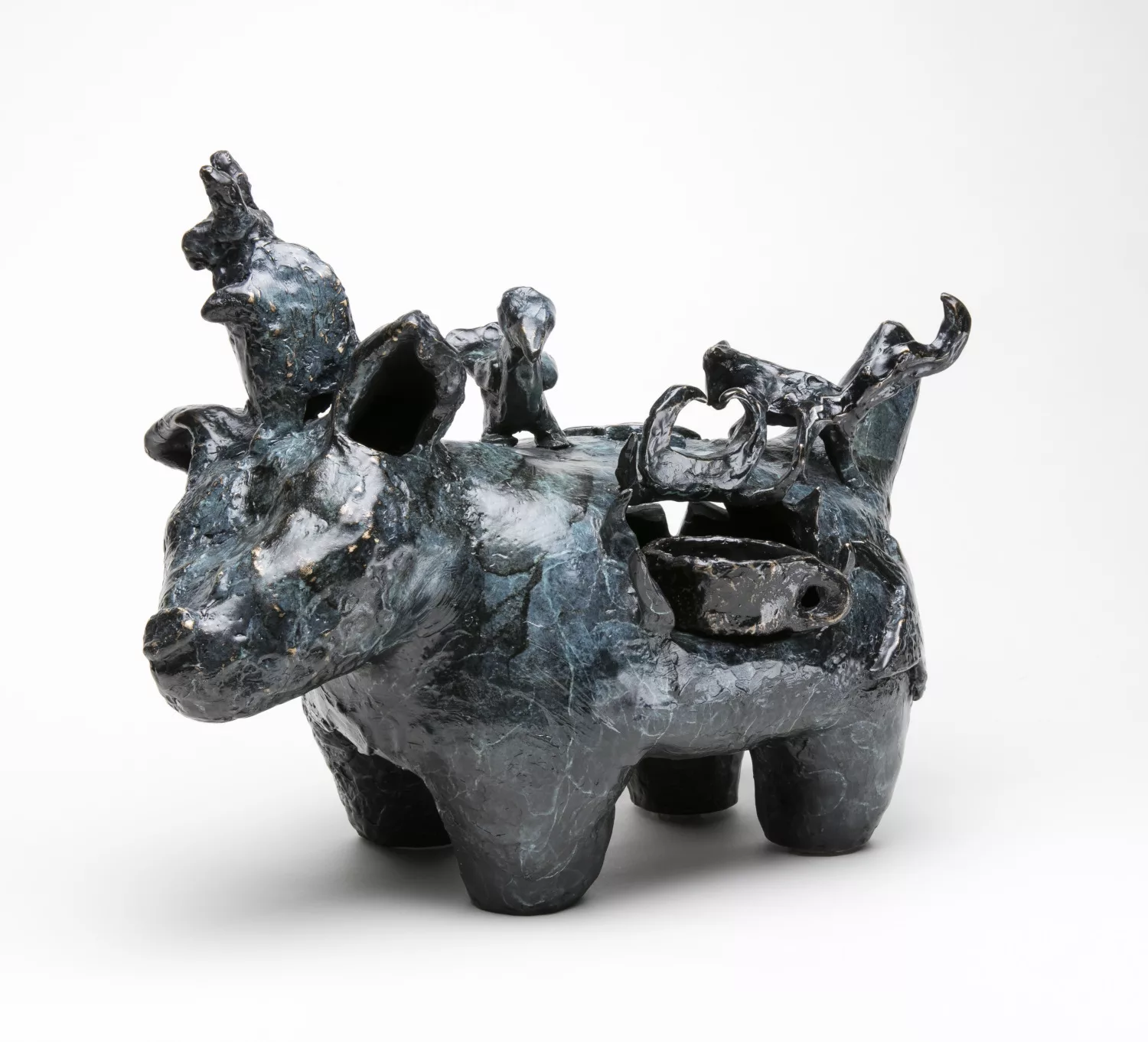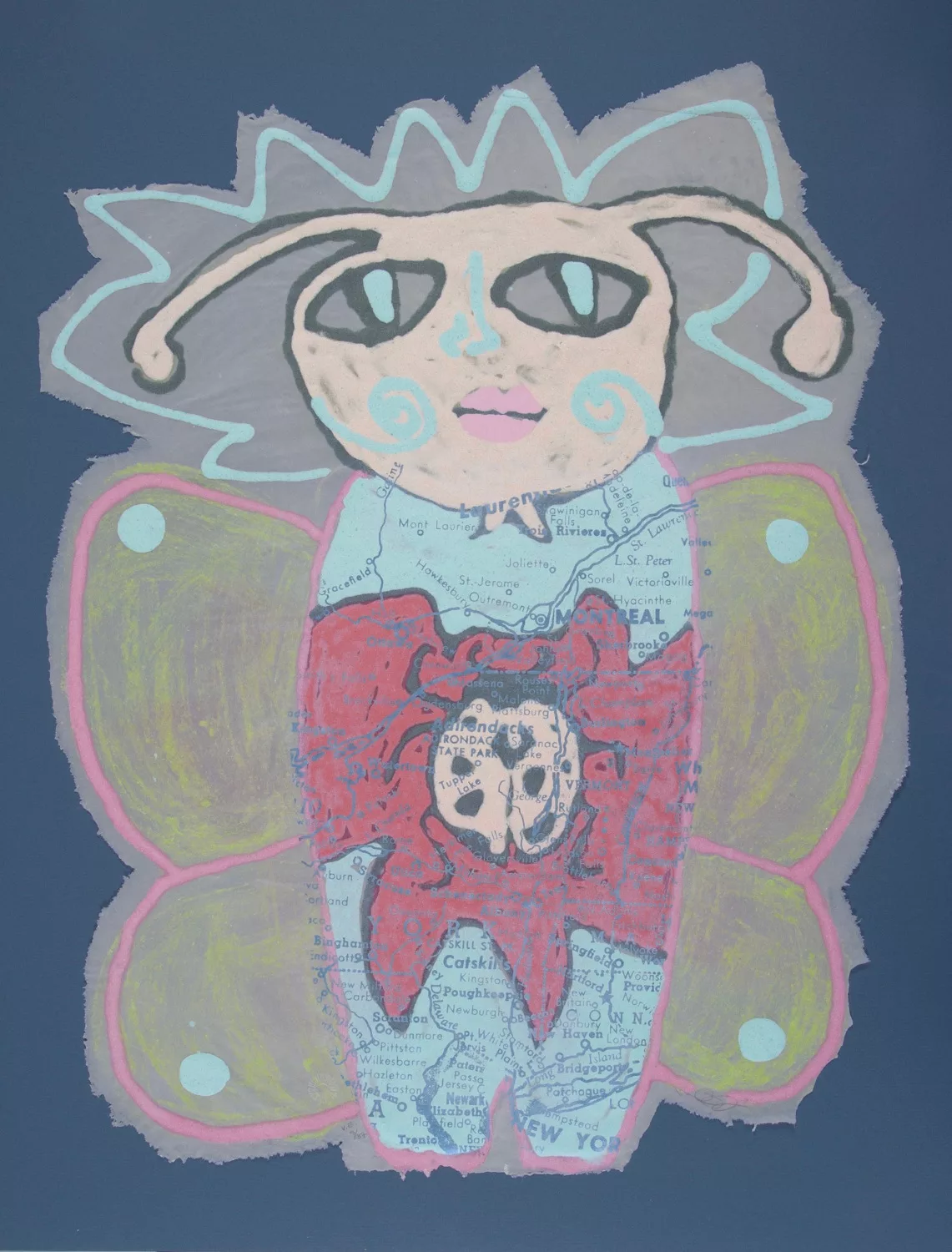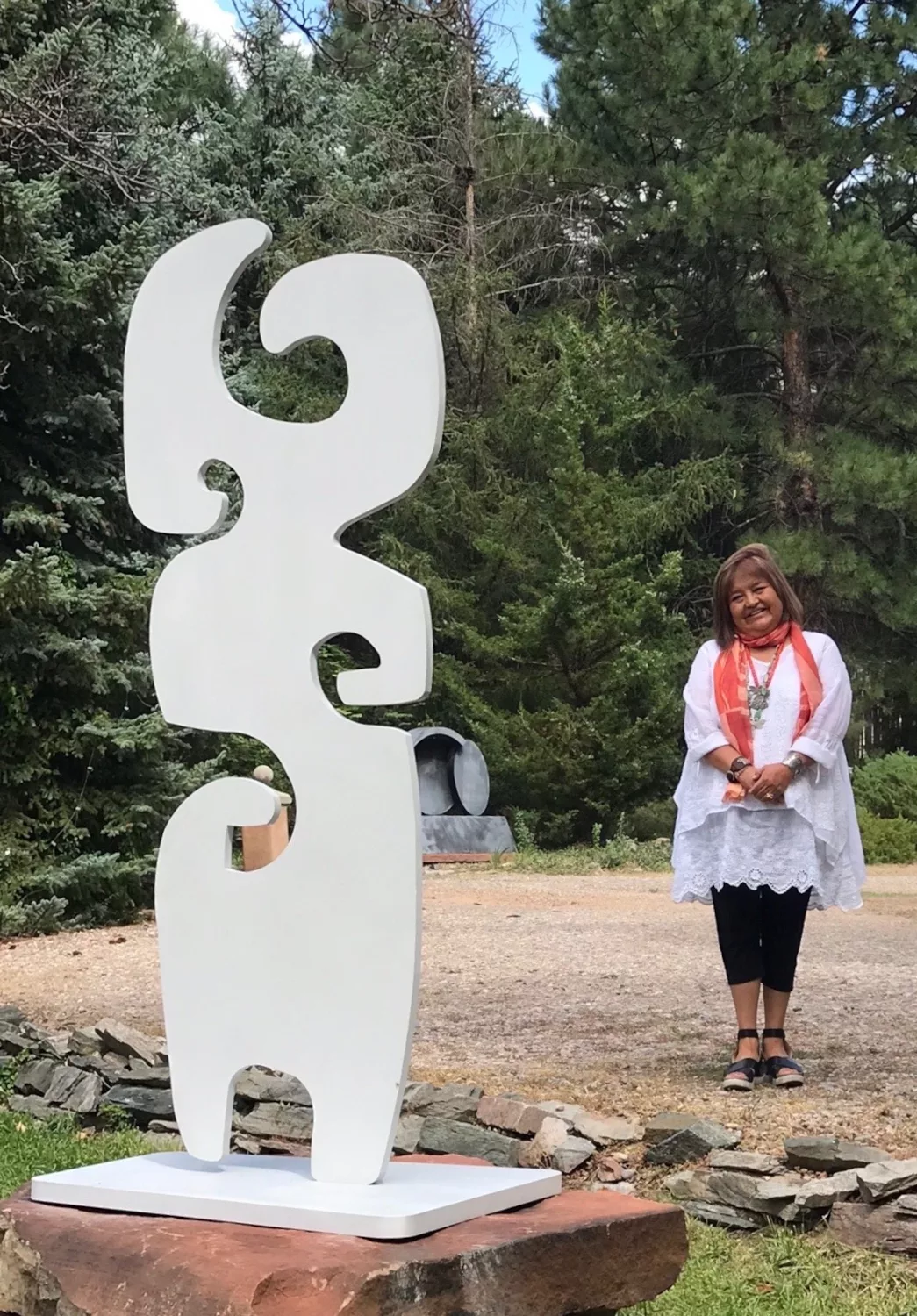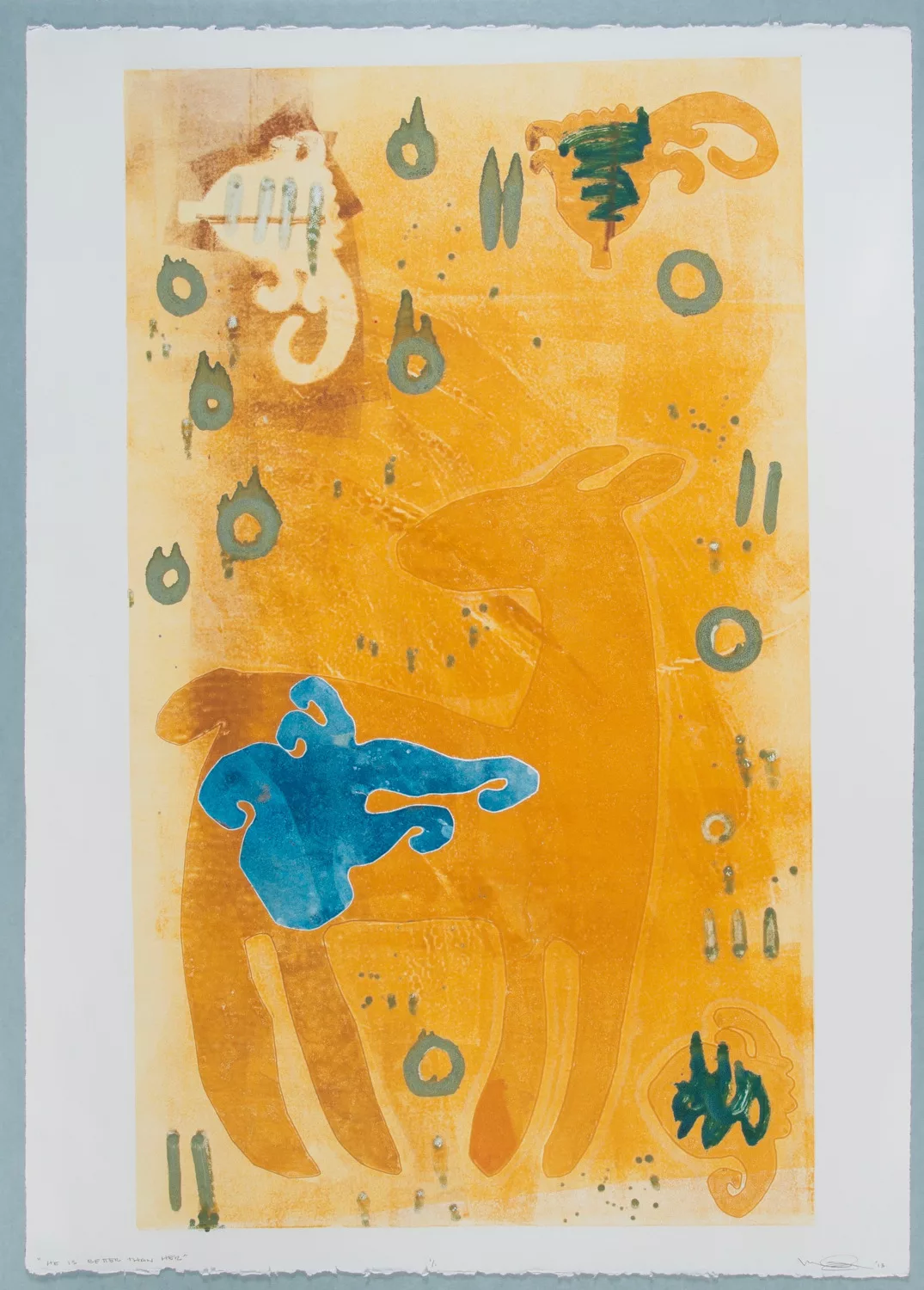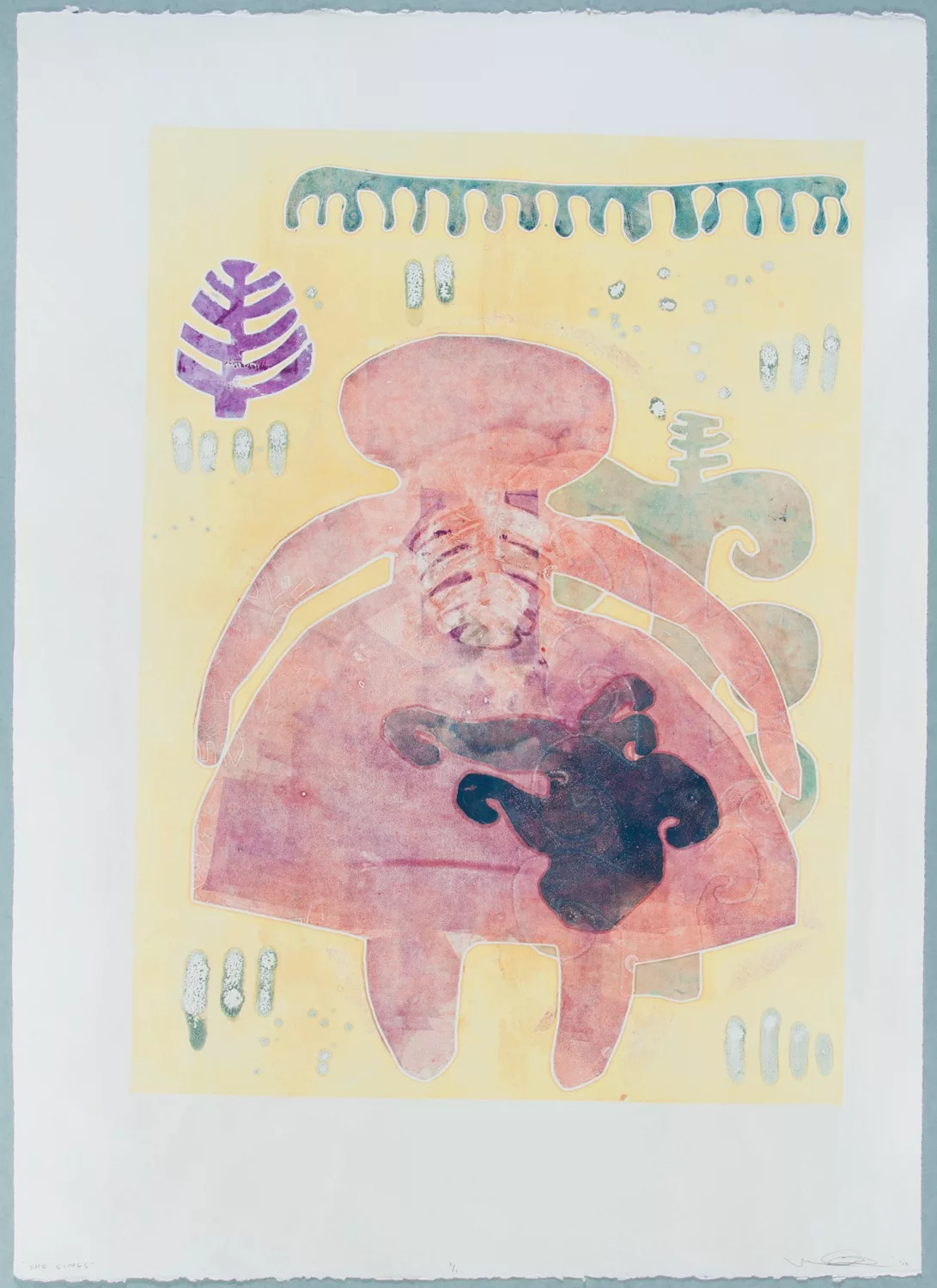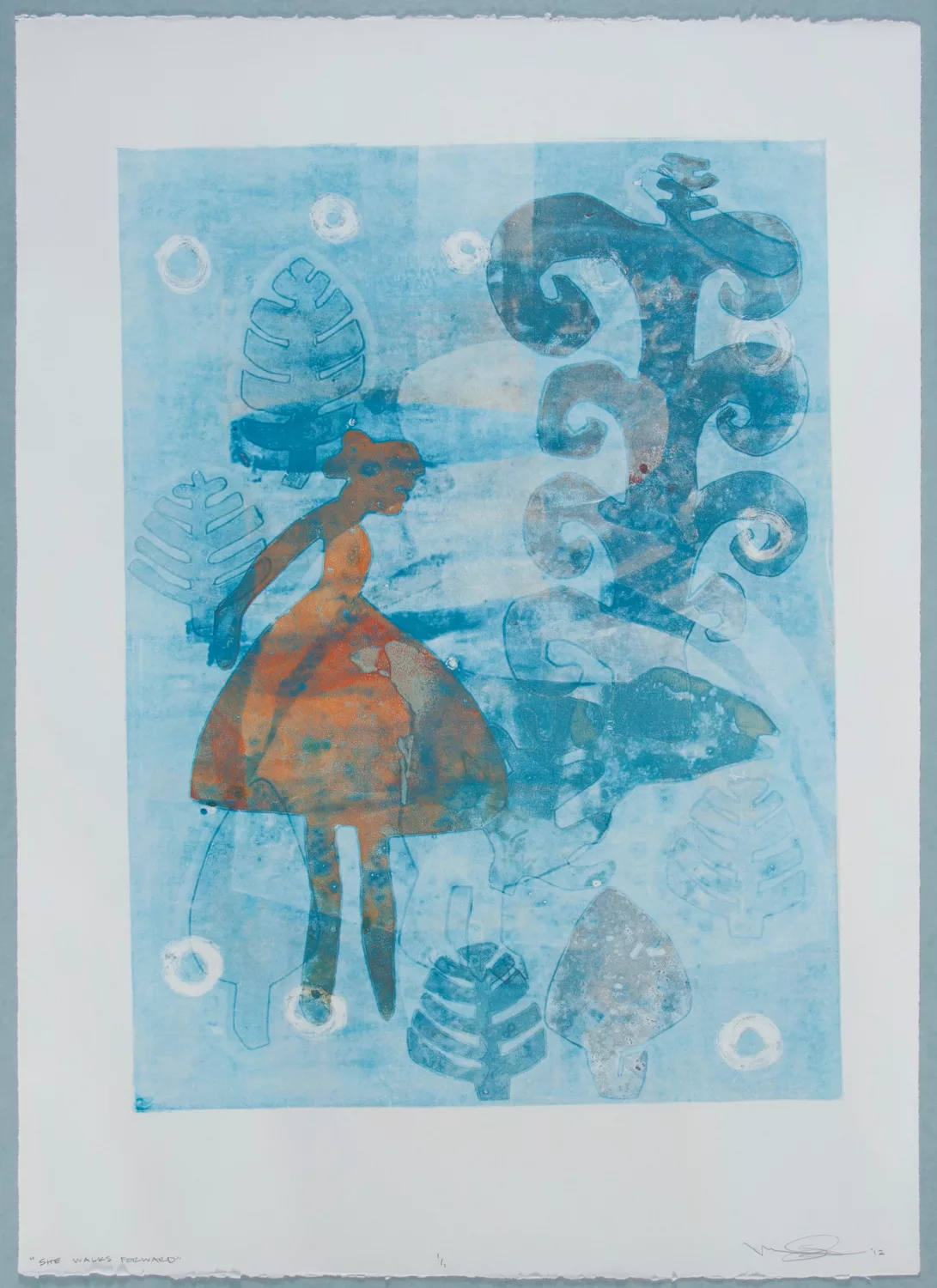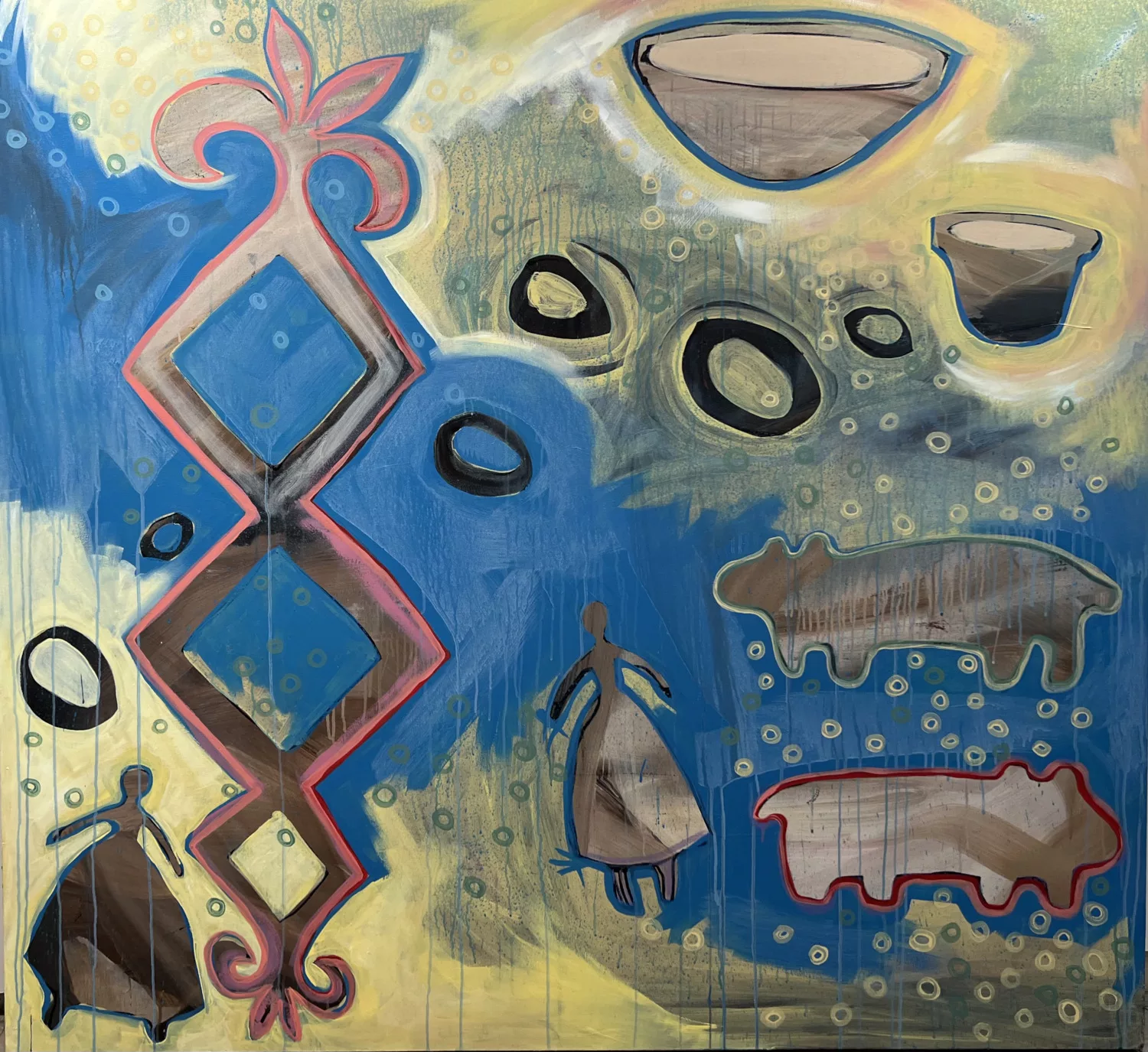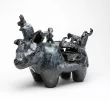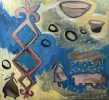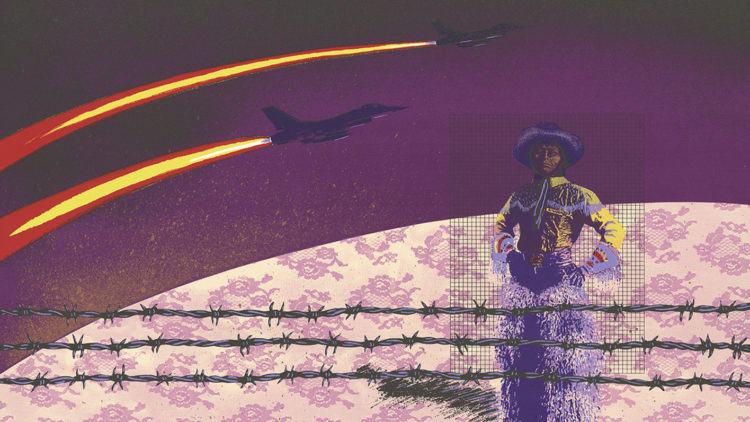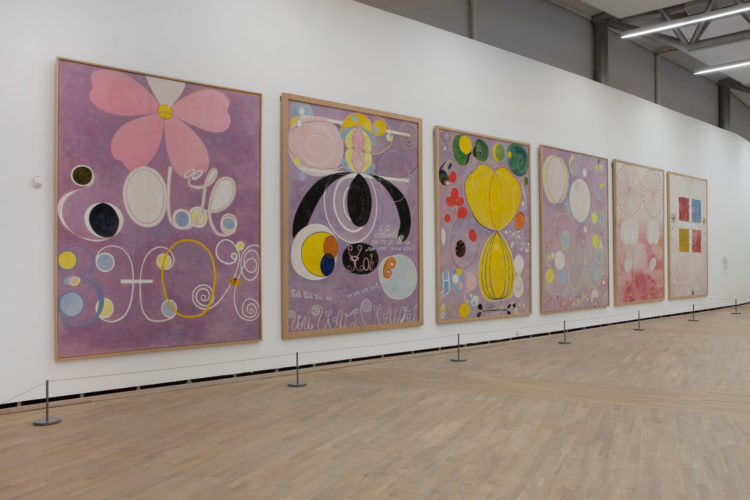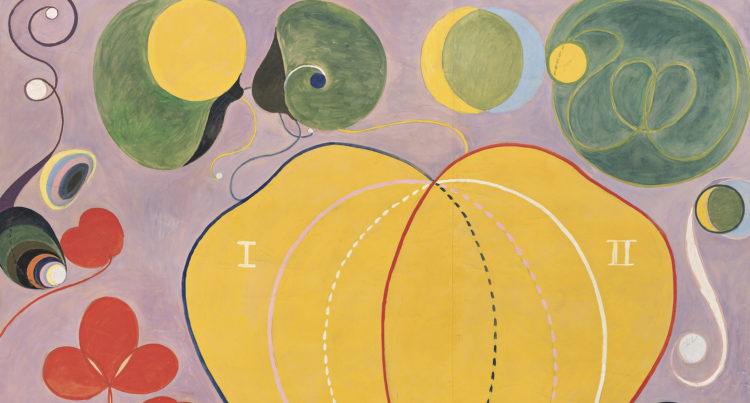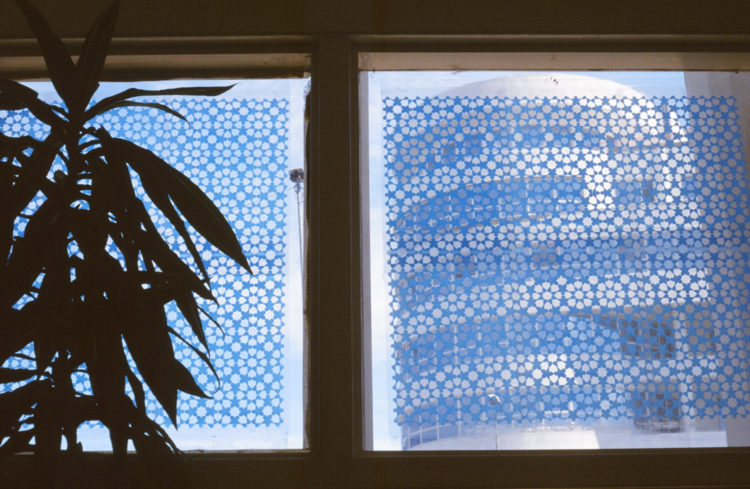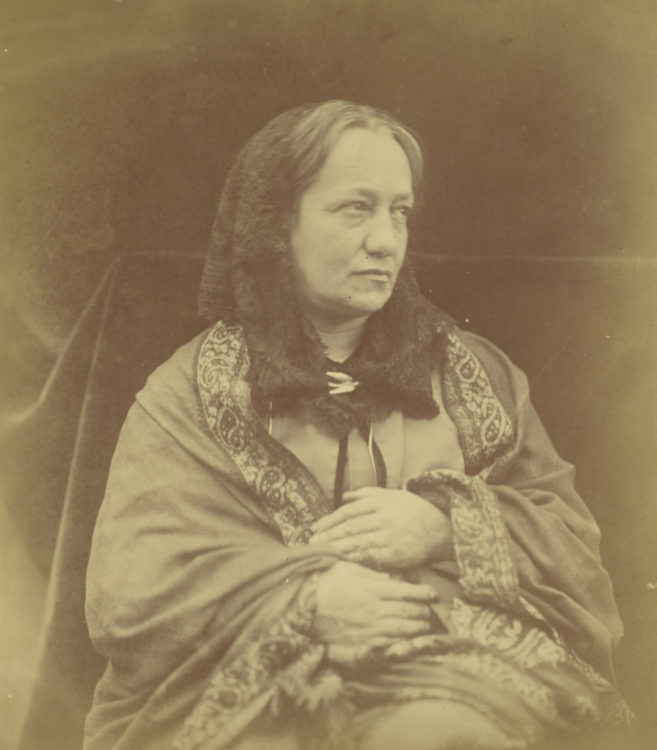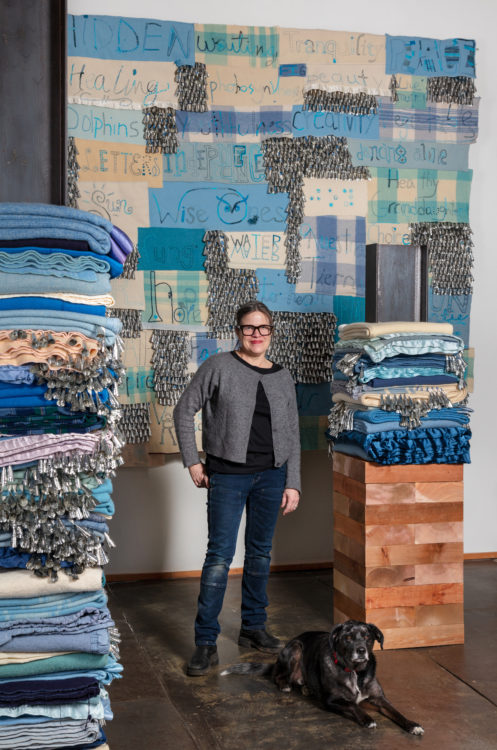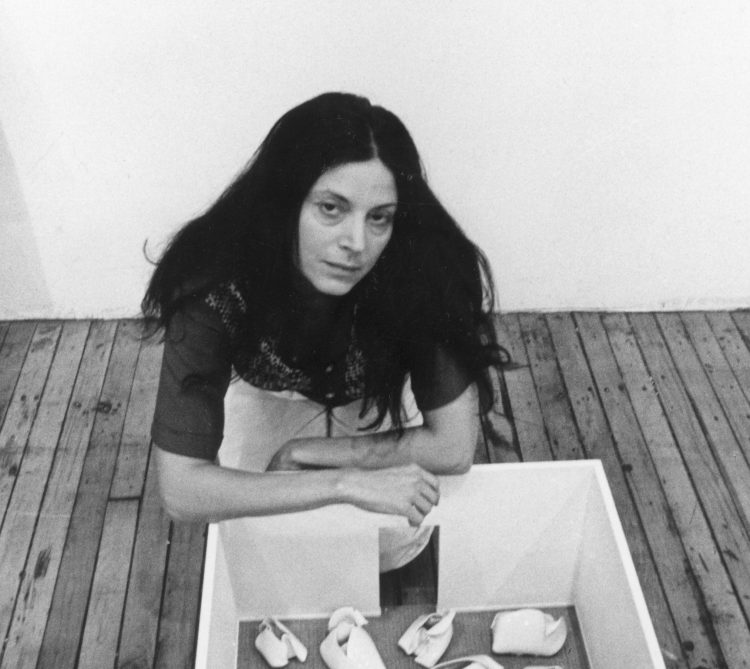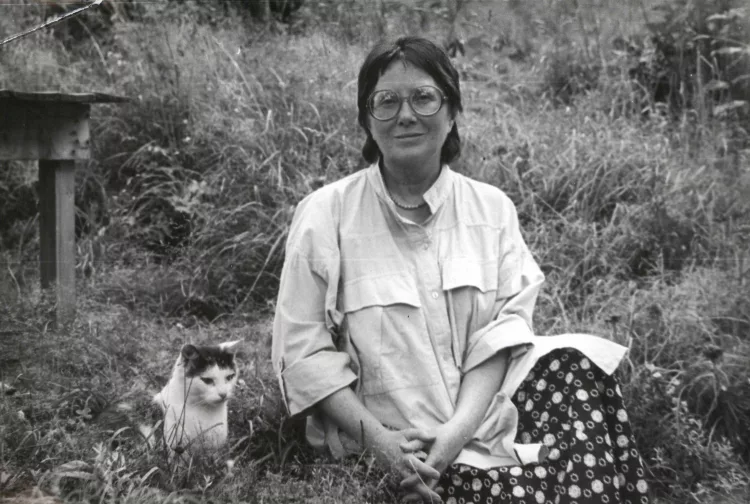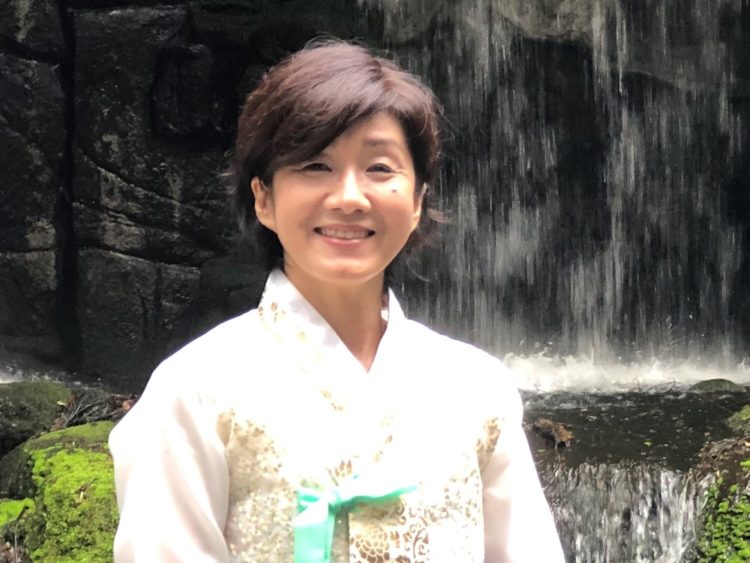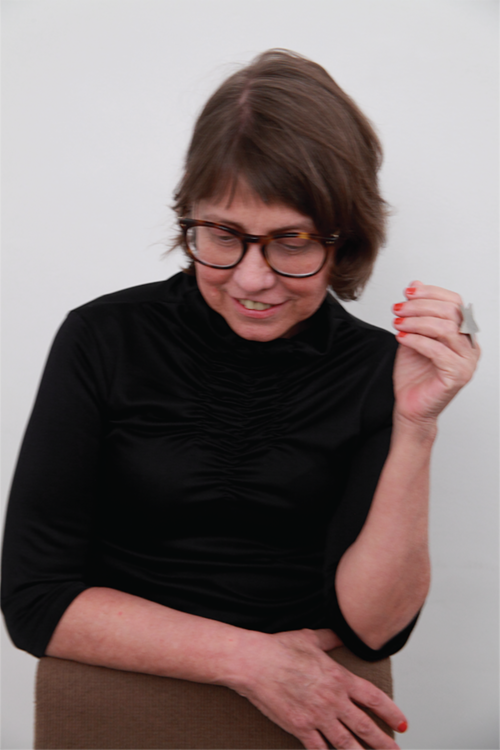Melanie Yazzie
Becker, Lisa Tamaris, Lucy R. Lippard (eds.), Melanie Yazzie: Geographies of Memory, exh. cat., University of New Mexico Art Museum, Albuquerque, (8 February–17 May, 2014), Albuquerque, University of New Mexico Art Museum, 2014
→Pearlstone, Zena, Allan J. Ryan, “About Face: Self-Portraits by Native American, First Nations, Inuit Artists,” in O’Donnell, Joan Kathryn and Batkin, Jonathan (eds.), About Face: Self Portraits by Native American, First Nations, and Inuit Artists, exh. cat., The Wheelwright Museum of the American Indian, Santa Fe, (19 November, 2005–23 April, 2006), Santa Fe, The Wheelwright Museum, 2006, p. 28-30 and 142-143
→Abatemarco, Michael, “Dream Weaver: Artist Melanie Yazzie,” Pasatiempo, 11 May, 2018
Memory Weaving, Wheelwright Museum of the American Indian, Santa Fe, 13 May–7 October, 2018
→Melanie Yazzie: Geographies of Memory, University of New Mexico Art Museum, Albuquerque, 8 February–17 May, 2014
→Blessingway: Prints by Melanie Yazzie, Missoula Art Museum, Missoula, 11 June–11 October, 2014
American, Diné (Navajo) printmaker, painter and sculptor.
Melanie Yazzie was born in Ganado, Arizona and is of the Salt and Bitter Water clans of the Diné (Navajo). She received her Bachelor of Fine Arts degree in studio art from Arizona State University in 1990 and her Master of Fine Arts in printmaking from the University of Colorado in 1993. She has taught art courses at the Institute of American Indian Arts (1993–1999), the University of Arizona (2000–2006) and Boise State University (2002–2003). Since 2006, she has served in various teaching and leadership positions, including head of printmaking at the University of Colorado, Boulder. Since the early 1990s, M. Yazzie has worked in a variety of mediums, including printmaking, painting and ceramics. All of her works are inspired by her Diné heritage, family and personal history. Her work embraces the Diné saying to “walk in beauty”, which is rooted in the human aspiration of seeking out and creating both beauty and harmony in the world. Abstract depictions of animals, plants, cultural symbols and female forms are reoccurring motifs in her work.
While M. Yazzie has worked in a variety of mediums, she is best known for her printmaking works. Her monotypes are layered with stencils of cultural, geographic, autobiographical references and vibrant colours. She takes inspiration from Diné weavings and Indigenous petroglyphs. Early in her career, her works were often overtly political and explored the aftermath of colonisation on Indigenous peoples and how this history shapes personal identities. Such works include The U.S. Government Will Never Whitewash My Grandparents (1992) and Indian Look-Alike (1993). In Indian Look-Alike, M. Yazzie inserts one of her own childhood photos within an elementary school worksheet to demonstrate an example of contemporary Native Americans. By doing so, she disrupts the dominant culture’s constant urge to relegate Native Americans to being people who existed only in the past. By the early 2000s, M. Yazzie was taking a lighter approach to her compositions, creating artworks that were less political and more abstract. Works like the Metamorphosis Series (2000–2003) and She Walks Forward (2012) may appear more playful than her earlier works but are still brimming with Indigenous symbolism and the artist’s own understanding of herself. M. Yazzie’s depictions of human beings, primarily Diné women, became abstract and silhouetted. Additionally, she began to focus attention on the lives of insects and plant life. Ultimately, her artworks strive to spark joy but also to inspire non-Indigenous people to listen and learn from Indigenous peoples’ experiences.
M. Yazzie is an internationally recognised artist who has travelled extensively to teach print-making practices and to collaborate with other artists. Through these exchanges, she has fostered connections to other Indigenous and non-Indigenous communities worldwide. In addition to her well-known prints, M. Yazzie has also created paintings, sculpture and jewellery. Her works are included in the permanent collections of such institutions as the Denver Art Museum, Denver; the Museum of Fine Arts, Santa Fe; the Institute of American Indian Arts, Santa Fe; and the University of Alberta Museums, Edmonton.
A notice produced as part of the TEAM international academic network: Teaching, E-learning, Agency and Mentoring
© Archives of Women Artists, Research and Exhibitions, 2025



